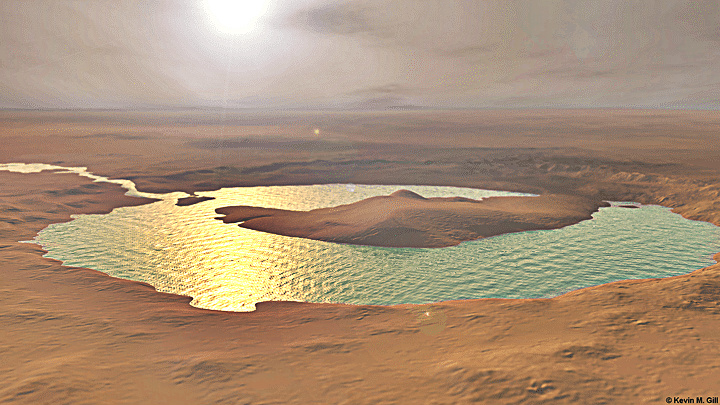The Milky
Way and Andromeda galaxy won’t collide for next 4 billion years. But a recent
discovery of a massive halo of hot gas close to Andromeda Galaxy may mean that
our galaxies are already touching. Astrophysicist Nicholas Lehner from
University of Notre Dame, led a group of scientists using the Hubble Space
Telescope to detect an enormous halo of hot, ionized gas about 2 million light
years in diameter around the galaxy.
The
Andromeda Galaxy and Milky Way are the largest member of a ragtag group of some
54 galaxies, called the Local Group. Andromeda, with almost a trillion stars —
twice as many as the Milky Way — shines 25% brighter and can simply be seen
with the naked eye from outlying and rural skies.
If the
recently discovered halo spreads at least a million light years in our
direction, our two galaxies are way MUCH closer to touching than previously
thought.
Lehner
defines halos as the “gaseous atmospheres of galaxies”. Regardless of its huge size, Andromeda’s
nimbus is almost invisible. To observe and study the halo, the astronomer
sought out quasars, distant star-like objects that emit incredible amounts of
energy as matter is sucked into the supermassive black holes. The brightest
quasar, 3C273 in Virgo, can be easily observed with in a 6-inch telescope!
Quasars’
bright, pinpoint nature make them perfect probes. J. Christopher Howk,
associate professor of physics at Notre Dame and co-investigator, said “As the
light from the quasars travels toward Hubble, the halo’s gas will absorb some
of that light and make the quasar appear a little darker in just a very small
wavelength range,” said J. Christopher Howk , associate professor of physics at
Notre Dame and co-investigator. By measuring the dip in brightness, we can tell
how much halo gas from M31 there is between us and that quasar”
Astronomers
have studied halos around 44 other galaxies but they never discovered one as
massive as Andromeda where so many quasars are accessible to clearly outline
its extent. The previous 44 were all very distant galaxies, with only a lone
quasar or data point to regulate halo size and structure.
The halo is
projected to comprise half the mass of the stars in the Andromeda galaxy
itself, in the form of a hot, rambling gas. Simulations propose that it was
formed at the same time as the rest of the Andromeda galaxy. Even though mostly
composed of ionized hydrogen — bare protons and electrons — Andromeda’s aura is
amazingly rich in heavier elements, possibly supplied by supernovae.
They explode
inside the visible galaxy and aggressively blow good stuff like iron, silicon,
oxygen and other similar elements far into space. Previous researches have
shown that over Andromeda’s lifetime, almost half of all the heavy elements
assembled by its stars have been ejected far outside the galaxy’s
200,000-light-year-diameter stellar disk.
You can read
the complete research paper here and Hubble’s release here. And next time on a
clear night you look up to spy Andromeda, remember this this: its closer than
you think!




Post A Comment:
0 comments: